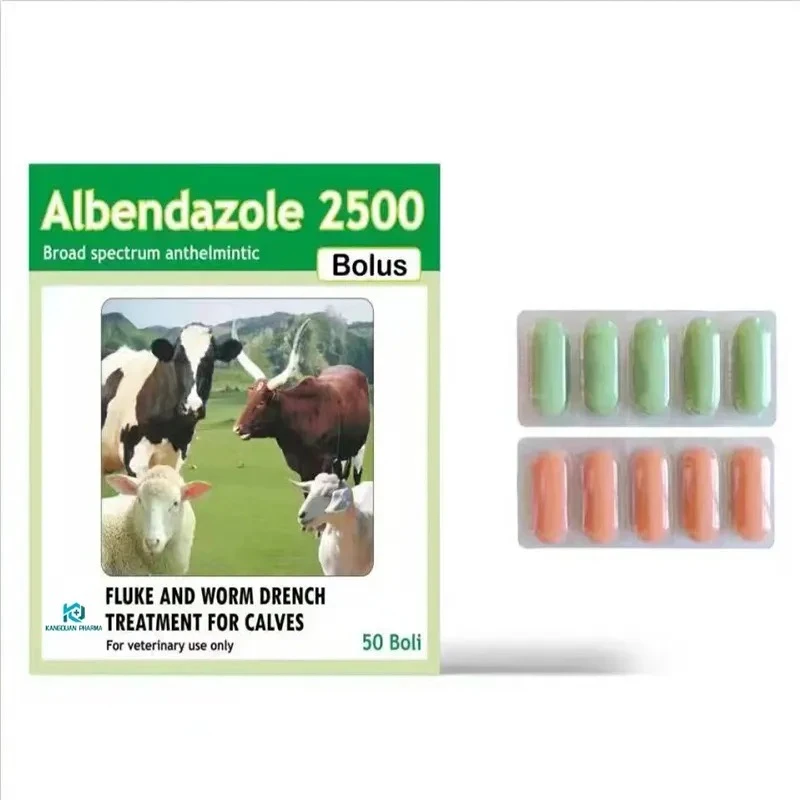- Afrikaans
- Albanian
- Amharic
- Arabic
- Armenian
- Azerbaijani
- Basque
- Belarusian
- Bengali
- Bosnian
- Bulgarian
- Catalan
- Cebuano
- Corsican
- Croatian
- Czech
- Danish
- Dutch
- English
- Esperanto
- Estonian
- Finnish
- French
- Frisian
- Galician
- Georgian
- German
- Greek
- Gujarati
- Haitian Creole
- hausa
- hawaiian
- Hebrew
- Hindi
- Miao
- Hungarian
- Icelandic
- igbo
- Indonesian
- irish
- Italian
- Japanese
- Javanese
- Kannada
- kazakh
- Khmer
- Rwandese
- Korean
- Kurdish
- Kyrgyz
- Lao
- Latin
- Latvian
- Lithuanian
- Luxembourgish
- Macedonian
- Malgashi
- Malay
- Malayalam
- Maltese
- Maori
- Marathi
- Mongolian
- Myanmar
- Nepali
- Norwegian
- Norwegian
- Occitan
- Pashto
- Persian
- Polish
- Portuguese
- Punjabi
- Romanian
- Russian
- Samoan
- Scottish Gaelic
- Serbian
- Sesotho
- Shona
- Sindhi
- Sinhala
- Slovak
- Slovenian
- Somali
- Spanish
- Sundanese
- Swahili
- Swedish
- Tagalog
- Tajik
- Tamil
- Tatar
- Telugu
- Thai
- Turkish
- Turkmen
- Ukrainian
- Urdu
- Uighur
- Uzbek
- Vietnamese
- Welsh
- Bantu
- Yiddish
- Yoruba
- Zulu
Nov . 04, 2024 21:15 Back to list
disinfectant groups veterinary
Disinfectant Groups in Veterinary Medicine
Disinfectants play a crucial role in veterinary medicine, serving as essential tools to manage and prevent the spread of infectious diseases among animals. Understanding the diverse groups of disinfectants available, their applications, and their mechanisms of action is vital for veterinarians and animal care providers alike.
Disinfectants can be broadly categorized into several groups based on their chemical composition and effectiveness. The most common groups include quaternary ammonium compounds, phenolic compounds, chlorine-based disinfectants, and aldehydes.
Disinfectant Groups in Veterinary Medicine
Phenolic Compounds are another important class of disinfectants that have broad-spectrum antimicrobial properties. They are particularly effective against bacteria, fungi, and certain viruses, making them suitable for use in situations with heavy organic matter. However, phenols can be toxic to animals, so caution is advised when selecting and applying these disinfectants. Popular phenolic disinfectants include phenol itself and its derivatives.
disinfectant groups veterinary

Chlorine-based Disinfectants include sodium hypochlorite (bleach) and calcium hypochlorite, known for their powerful antimicrobial effects. Chlorine compounds work effectively against bacteria, viruses, and fungi, making them a go-to option for disinfecting surfaces, equipment, and even water in veterinary settings. However, due to their corrosive nature and strong odor, care must be taken to ensure safe handling and proper dilution. Direct contact with animals should be avoided until the surface has dried thoroughly.
Aldehydes, such as formaldehyde and glutaraldehyde, are potent disinfectants known for their efficacy against a wide range of pathogens. They work by altering the proteins and nucleic acids of microorganisms, leading to cell death. While extremely effective, these compounds can be hazardous to both animals and humans, necessitating strict adherence to safety protocols during their use.
In addition to these primary groups, it is important to consider the function of the disinfectant within specific environments. Factors such as the type of pathogens present, the level of organic load, and the surfaces being disinfected will influence the choice of disinfectant. Moreover, it is essential for veterinary practitioners to remain updated on guidelines and best practices for disinfection to ensure the safety of animals and staff alike.
In conclusion, disinfectant groups in veterinary medicine each offer unique benefits and challenges. By choosing the appropriate disinfectant based on specific needs and adhering to safety protocols, veterinary professionals can significantly reduce the risk of infectious disease transmission, ultimately promoting healthier environments for both animals and their caregivers.
-
Guide to Oxytetracycline Injection
NewsMar.27,2025
-
Guide to Colistin Sulphate
NewsMar.27,2025
-
Gentamicin Sulfate: Uses, Price, And Key Information
NewsMar.27,2025
-
Enrofloxacin Injection: Uses, Price, And Supplier Information
NewsMar.27,2025
-
Dexamethasone Sodium Phosphate Injection: Uses, Price, And Key Information
NewsMar.27,2025
-
Albendazole Tablet: Uses, Dosage, Cost, And Key Information
NewsMar.27,2025













